
Woodstock, Vermont: A Quintessential New England Experience
Discover Woodstock, Vermont: A charming New England village known for its historic beauty, scenic landscapes, and year-round attractions, perfect for a tranquil getaway.
Nestled in the heart of Vermont, Woodstock is a picturesque village that captivates visitors with its classic New England charm. Known for its historic architecture, covered bridges, and scenic landscapes, Woodstock offers an idyllic escape from the hustle and bustle of city life. The town's colorful foliage in the fall, snow-covered streets in the winter, and blooming flowers in the spring make it a year-round destination. Stroll through the village and you'll find a delightful array of boutique shops, art galleries, and cozy cafes. The Billings Farm & Museum offers a glimpse into rural life and agricultural practices, while the Marsh-Billings-Rockefeller National Historical Park provides a beautiful setting for hiking and learning about conservation. The Ottauquechee River runs through Woodstock, offering opportunities for fishing, kayaking, and simply enjoying the serene waterside views. For those who appreciate history and culture, Woodstock is home to several well-preserved historic sites, including the Woodstock Inn & Resort and the Middle Covered Bridge. The town also hosts a variety of seasonal festivals and events that showcase local crafts, food, and traditions. Whether you're exploring the countryside on a bike, savoring farm-to-table cuisine, or simply relaxing by a fireplace, Woodstock promises a memorable and enriching experience.
Local tips in Woodstock
- Visit during the fall to see the spectacular foliage that Vermont is famous for.
- Make sure to check out the local farmer's market for fresh produce and handmade goods.
- Book your stay at the Woodstock Inn & Resort for a taste of local luxury and history.
- Take a guided tour at the Marsh-Billings-Rockefeller National Historical Park to learn about the area's conservation efforts.
- Don't miss the chance to walk across the Middle Covered Bridge, a symbol of Woodstock's heritage.
Woodstock, Vermont: A Quintessential New England Experience
Nestled in the heart of Vermont, Woodstock is a picturesque village that captivates visitors with its classic New England charm. Known for its historic architecture, covered bridges, and scenic landscapes, Woodstock offers an idyllic escape from the hustle and bustle of city life. The town's colorful foliage in the fall, snow-covered streets in the winter, and blooming flowers in the spring make it a year-round destination. Stroll through the village and you'll find a delightful array of boutique shops, art galleries, and cozy cafes. The Billings Farm & Museum offers a glimpse into rural life and agricultural practices, while the Marsh-Billings-Rockefeller National Historical Park provides a beautiful setting for hiking and learning about conservation. The Ottauquechee River runs through Woodstock, offering opportunities for fishing, kayaking, and simply enjoying the serene waterside views. For those who appreciate history and culture, Woodstock is home to several well-preserved historic sites, including the Woodstock Inn & Resort and the Middle Covered Bridge. The town also hosts a variety of seasonal festivals and events that showcase local crafts, food, and traditions. Whether you're exploring the countryside on a bike, savoring farm-to-table cuisine, or simply relaxing by a fireplace, Woodstock promises a memorable and enriching experience.
When is the best time to go to Woodstock?
Iconic landmarks you can’t miss
Sugarbush Farm
Explore the delightful flavors of Vermont at Sugarbush Farm, where cheese-making and maple syrup delights await you amidst stunning landscapes.
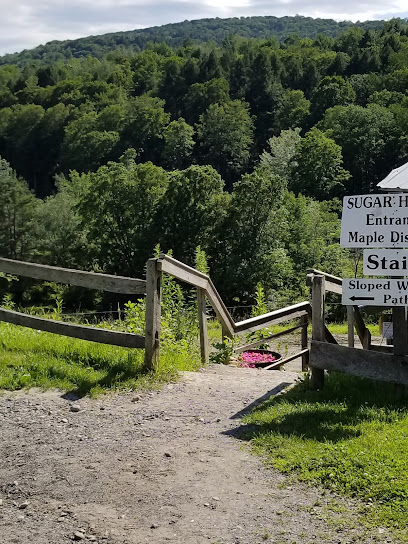
Woodstock Inn & Resort
Discover the perfect blend of luxury and nature at Woodstock Inn & Resort in picturesque Woodstock, Vermont, an ideal retreat for every traveler.

Billings Farm & Museum
Explore Vermont's agricultural heritage at Billings Farm & Museum, where history meets sustainable farming practices amidst stunning landscapes.
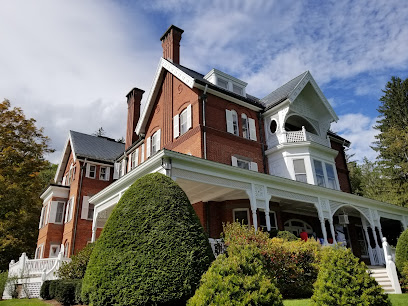
Mon Vert Cafe
Discover the flavors of Vermont at Mon Vert Café, a cozy vegetarian café in Woodstock offering seasonal dishes and fresh local ingredients.
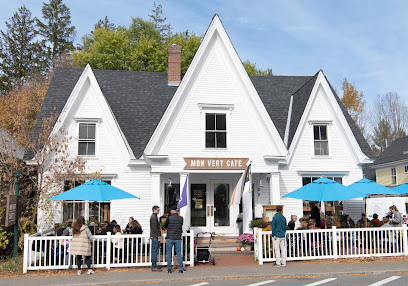
Marsh-Billings-Rockefeller National Historical Park
Explore Marsh-Billings-Rockefeller National Historical Park, where nature meets history in the heart of Vermont's stunning landscapes.
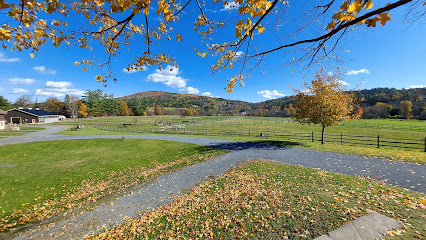
The White Cottage Snack Bar
Discover the delightful taste of fast food in the heart of Woodstock at The White Cottage Snack Bar, featuring burgers, seafood, and ice cream treats.
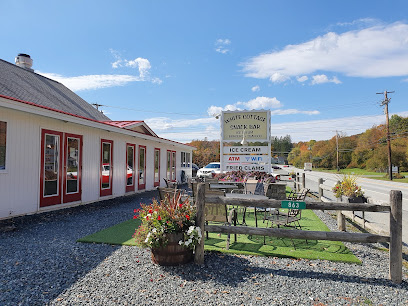
Taftsville Covered Bridge
Experience the timeless beauty and history of Taftsville Covered Bridge in Woodstock, Vermont, a picturesque landmark perfect for photography and exploration.
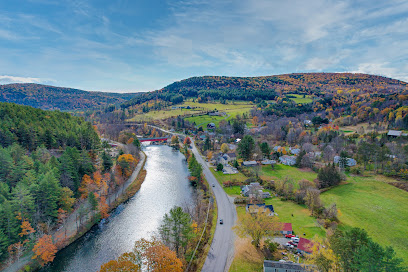
The Woodstocker B&B
Experience the charm of Woodstock at The Woodstocker B&B, your perfect home away from home in Vermont's stunning landscapes.

Mountain Creamery
Experience delightful breakfasts and homemade ice creams at Mountain Creamery, a cozy diner in the heart of Woodstock, Vermont.

506 On The River Inn Woodstock, VT
Discover tranquility and adventure at 506 On The River Inn, a charming retreat in Woodstock, Vermont, nestled by the serene Ottauquechee River.

Soulfully Good Cafe
Discover the heart of Woodstock at Soulfully Good Cafe, where delicious meals and a cozy atmosphere await every visitor.
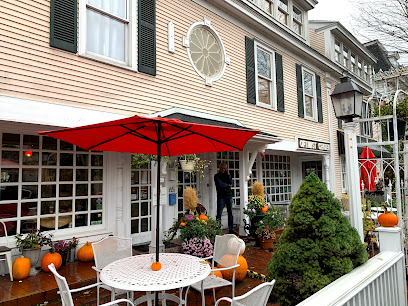
The Prince & The Pauper Restaurant
Experience the epitome of fine dining at The Prince & The Pauper Restaurant in Woodstock, Vermont, serving exquisite American cuisine in a charming atmosphere.
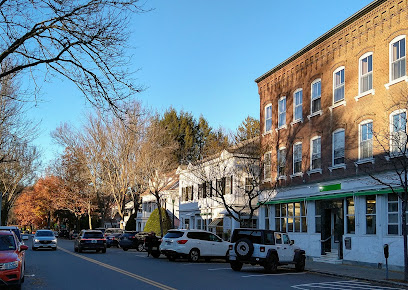
The Shire Woodstock
Discover the quaint charm and breathtaking beauty of Woodstock, Vermont, at The Shire Woodstock, your home away from home.

Melaza Bistro
Experience the vibrant flavors of Spanish cuisine at Melaza Bistro, a cozy tapas restaurant in Woodstock, Vermont, perfect for sharing and savoring.
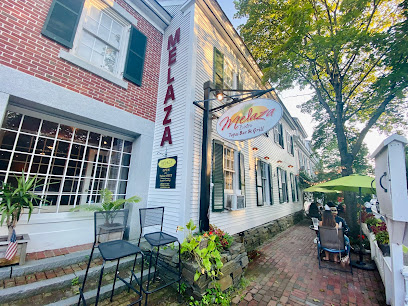
The Village Inn Of Woodstock
Experience the charm of The Village Inn of Woodstock, where cozy accommodations meet vibrant local culture in the heart of Vermont.
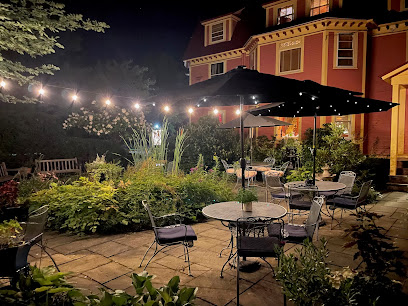
Unmissable attractions to see
Sugarbush Farm
Experience the beauty of Vermont at Sugarbush Farm, a delightful destination for cheese lovers and nature enthusiasts in Woodstock.

Sugarbush Farm
Experience the authentic taste of Vermont at Sugarbush Farm, where artisanal cheese and breathtaking views come together for an unforgettable visit.
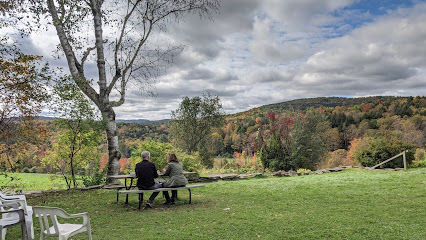
Billings Farm & Museum
Experience Vermont's rich agricultural heritage at Billings Farm & Museum, a unique blend of history, farming, and family fun.
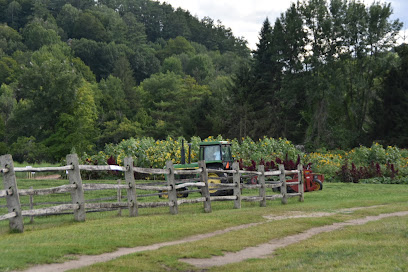
Marsh-Billings-Rockefeller National Historical Park
Discover the rich history and breathtaking landscapes at Marsh-Billings-Rockefeller National Historical Park in Woodstock, Vermont.

Taftsville Covered Bridge
Experience the enchanting Taftsville Covered Bridge, a historic landmark in Woodstock, Vermont, blending natural beauty with rich heritage.
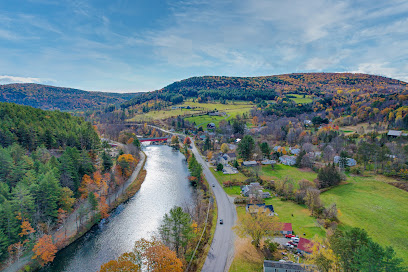
Calvin Coolidge State Historic Site
Explore the Calvin Coolidge State Historic Site in Plymouth, Vermont, and experience the birthplace of a president and the charm of early American history.
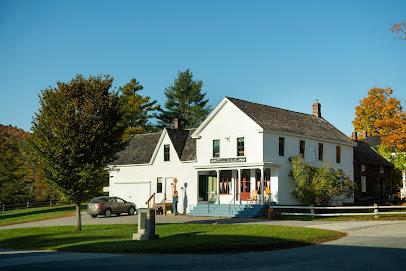
Foley Brothers Brewing
Experience the art of craft brewing at Foley Brothers Brewing, where quality meets Vermont's stunning natural beauty.
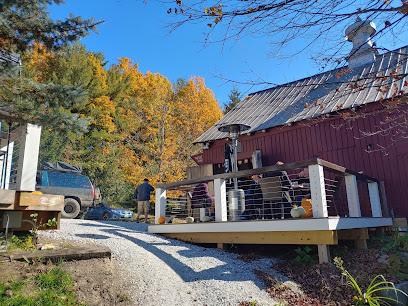
Buttermilk Falls
Immerse yourself in the natural beauty of Buttermilk Falls, a stunning hiking area in Ludlow, Vermont, perfect for outdoor enthusiasts and nature lovers.
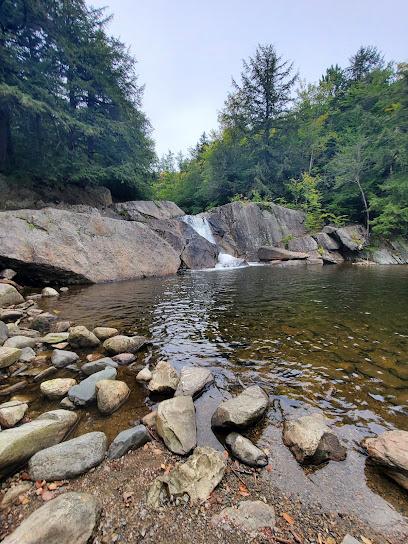
Vermont Spirits Distilling Co
Explore Vermont Spirits Distilling Co for a unique journey into the world of craft distilling and local flavors in White River Junction.
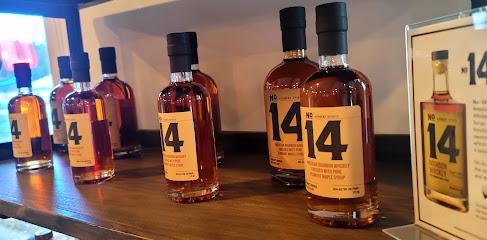
Eshqua Bog Natural Area
Explore the enchanting Eshqua Bog Natural Area, a nature preserve in Vermont offering serene trails, diverse wildlife, and breathtaking natural beauty.
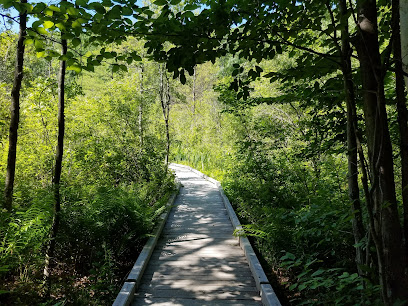
Woodstock History Center
Explore the fascinating heritage of Woodstock, Vermont at the Woodstock History Center, where local stories and artifacts come to life.
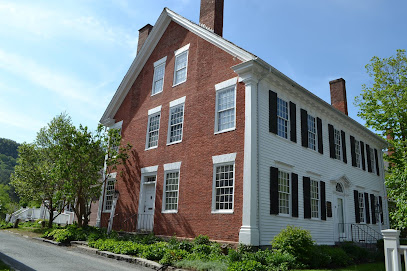
Woodstock Village Historic District
Discover the historic charm and scenic beauty of Woodstock Village Historic District, a must-visit destination in Vermont.
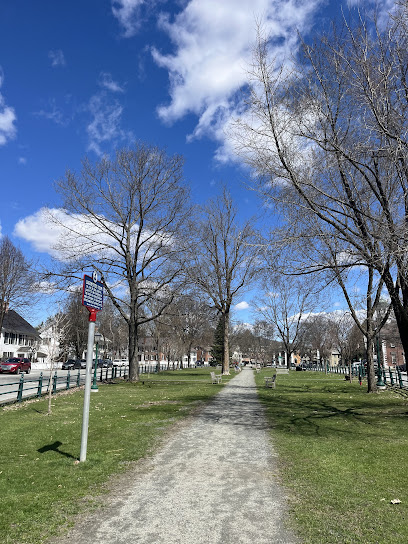
Woodstock Town Smiler
Experience the historical richness and scenic beauty of Woodstock Town Smiler, a charming Vermont tourist attraction nestled in the heart of a quaint village.
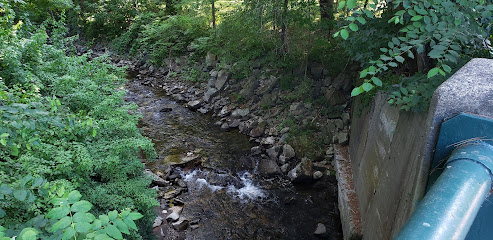
Vermont Toys & Games
Explore Vermont Toys & Games in Quechee for a magical selection of toys, games, and educational treasures that delight visitors of all ages.

Elm Arches
Discover the serene beauty of Elm Arches, a captivating tourist attraction in Woodstock, Vermont, known for its unique natural arches and tranquil environment.

Essential places to dine
Simon Pearce
Experience exquisite American cuisine paired with breathtaking river views at Simon Pearce in Quechee, Vermont.
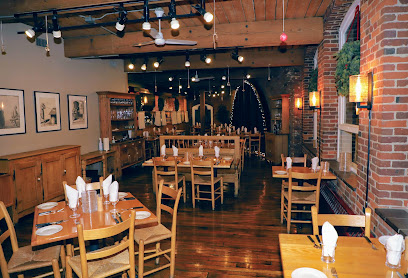
Worthy Kitchen
Experience the flavors of Vermont at Worthy Kitchen - where local ingredients meet creative American cuisine in a cozy diner atmosphere.
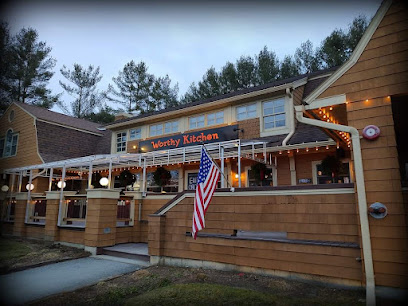
Mon Vert Cafe
Discover the charm of Mon Vert Cafe in Woodstock: where fresh vegetarian delights meet cozy ambiance.
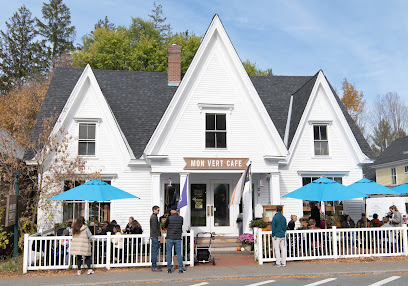
Public House Pub Quechee
Experience Vermont's culinary delights at Public House Pub in Quechee - where great food meets warm hospitality in a charming setting.
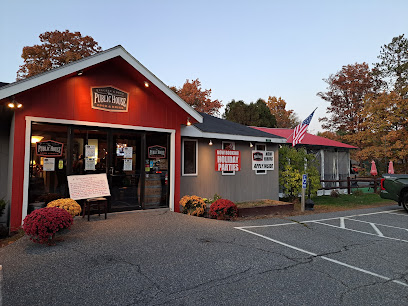
The Skinny Pancake Quechee
Discover delicious crepes made with locally sourced ingredients at The Skinny Pancake in Quechee - a cozy spot for food lovers!
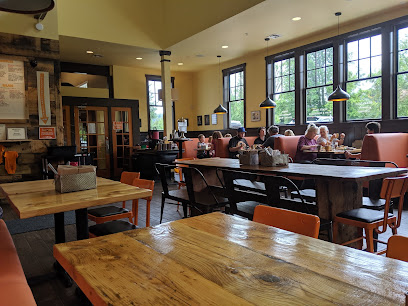
The White Cottage Snack Bar
Experience classic American fast food at The White Cottage Snack Bar in Woodstock – burgers, seafood delights & irresistible ice cream await!
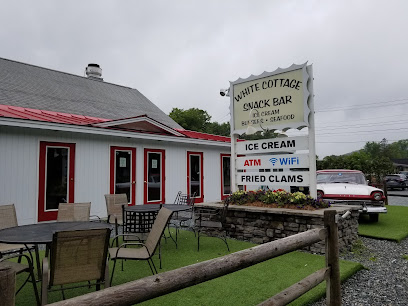
Ramunto's Brick & Brew Pizza
Discover unique specialty pizzas at Ramunto's Brick & Brew Pizza in Bridgewater, Vermont - where local flavors meet inviting atmosphere.
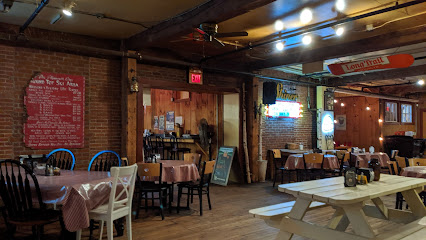
Mountain Creamery
Discover Mountain Creamery in Woodstock, VT – where hearty breakfasts meet delightful ice cream in a cozy diner setting.
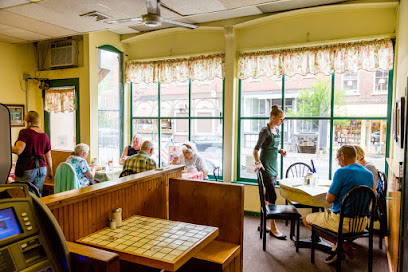
Soulfully Good Cafe
Discover the heart of Woodstock at Soulfully Good Cafe, where every meal is made with love and local ingredients.
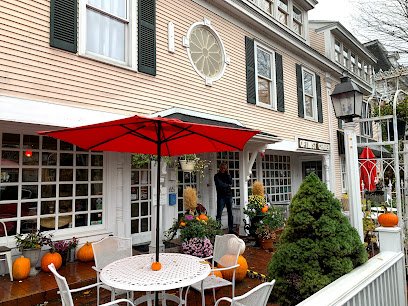
The Prince & The Pauper Restaurant
Experience exceptional American fine dining at The Prince & The Pauper in Woodstock - where local flavors meet elegance.
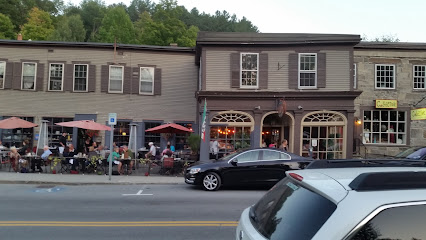
Melaza Bistro
Discover the rich flavors of Spain at Melaza Bistro in Woodstock - where tapas come alive in an inviting atmosphere.
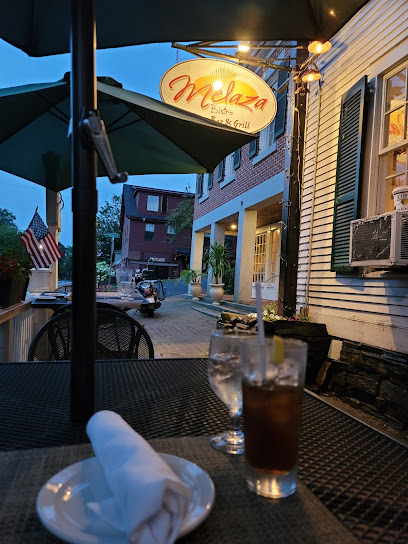
Dr. Coburn’s Tonic
Experience authentic Vermont cuisine at Dr. Coburn's Tonic - where local flavors meet cozy ambiance in the heart of Woodstock.
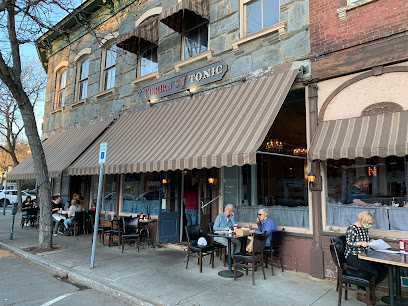
Snack Bar at the Gorge
Experience mouthwatering snacks and local flavors at Ottdog Snack Bar in White River Junction - your perfect pit stop in Vermont.
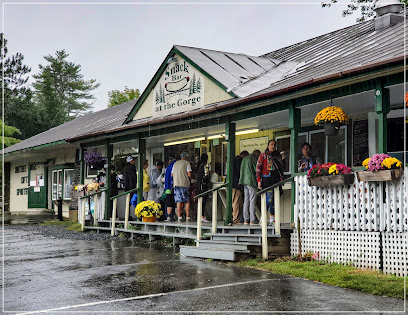
Pizza Chef of Woodstock
Experience authentic Italian flavors at Pizza Chef of Woodstock - where every pizza tells a story.
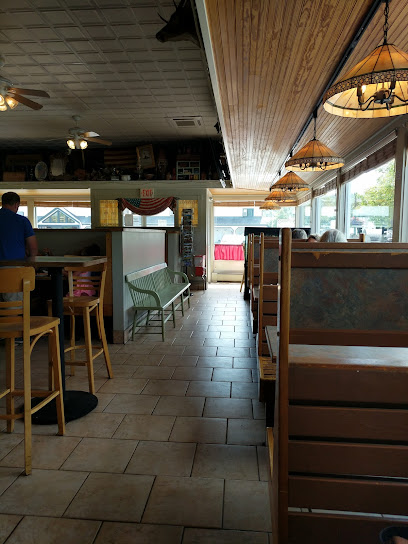
Chef Brads CrazySide
Experience delectable American seafood cuisine at Chef Brad's CrazySide in Quechee - where fresh flavors meet warm hospitality.
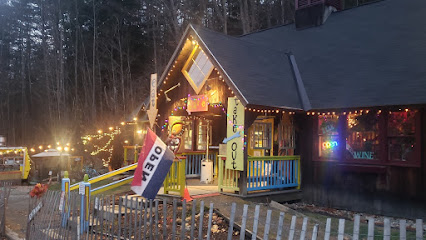
Markets, malls and hidden boutiques
Woodstock Farmers' Market
Explore the Woodstock Farmers' Market for fresh, local produce and artisanal goods in the heart of Vermont.
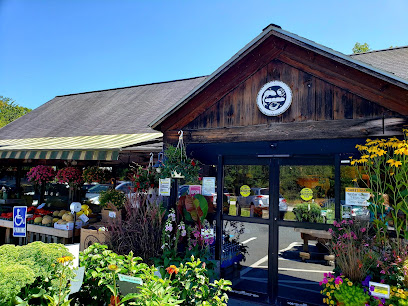
Mac's Woodstock Market
Experience the best of Woodstock, Vermont, at Mac's Woodstock Market – your destination for fresh, local, and delicious grocery options.
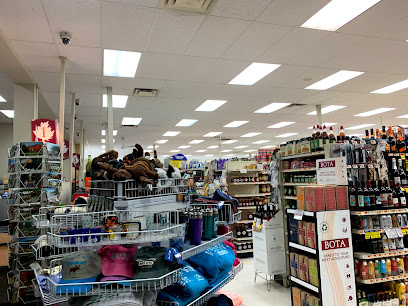
F. H. Gillingham & Sons
Discover the heart of Woodstock at F. H. Gillingham & Sons, a historic general store offering unique local goods and a charming ambiance.
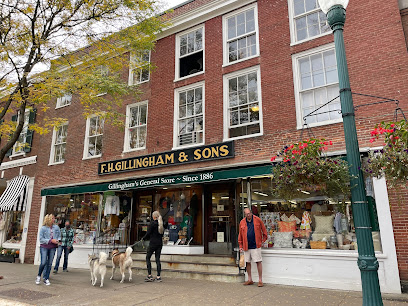
The Vermont Flannel Co.
Discover the warmth of handcrafted apparel at Vermont Flannel Co. in the heart of Woodstock, Vermont, where cozy meets craftsmanship.
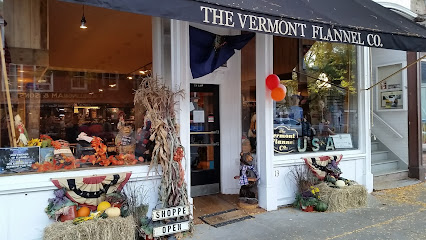
Farmhouse Pottery
Explore Farmhouse Pottery in Woodstock, Vermont, where handcrafted home goods meet rustic elegance and local artistry.
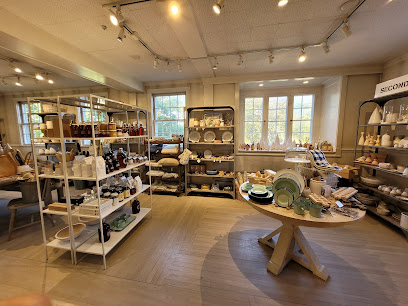
Abracadabra Coffee Co.
Experience the charm of Abracadabra Coffee Co. in Woodstock, Vermont, where artisanal brews and a cozy atmosphere await every visitor.

South Woodstock Country Store
Explore the heart of Vermont at South Woodstock Country Store, your go-to destination for local goods and charming gifts.
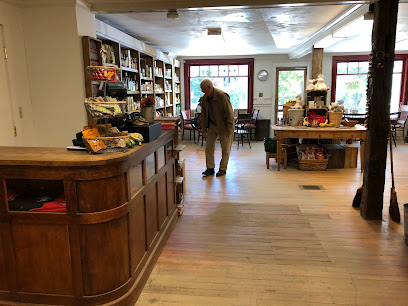
Sunday Drive Dispensary
Explore Vermont's cannabis culture at Sunday Drive Dispensary, a welcoming hub for quality cannabis products and expert advice in Woodstock.

Yankee Bookshop
Discover the charm of Yankee Bookshop in Woodstock, Vermont, where books, greeting cards, and vinyl records await your exploration.
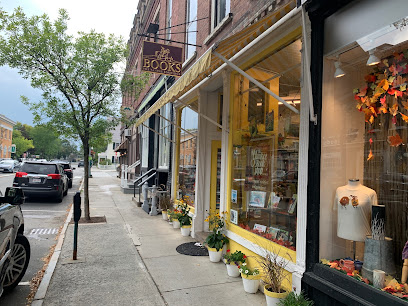
Village Butcher Shop
Experience the finest meats and artisanal bakery delights at Village Butcher Shop in Woodstock, Vermont, where local quality meets culinary passion.
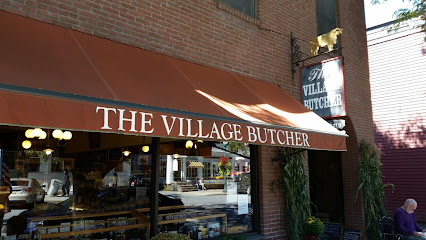
Unicorn
Explore Unicorn, Woodstock's charming gift shop featuring unique, handcrafted treasures and local artisan creations for every occasion.
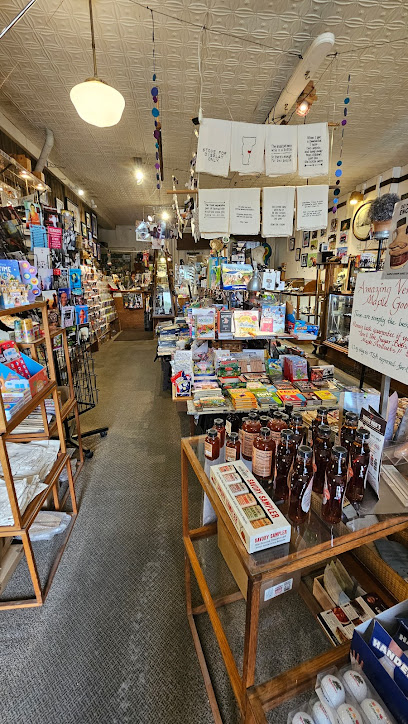
Woodstock Sports
Explore Woodstock Sports for top-notch sportswear and shoes in the idyllic Village of Woodstock, Vermont, blending quality with local charm.
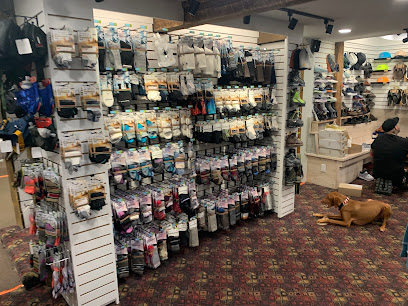
Eyes On Elm Optical Boutique
Discover unique eyewear with personalized service at Eyes On Elm Optical Boutique in Woodstock, Vermont, where style meets function in a charming setting.
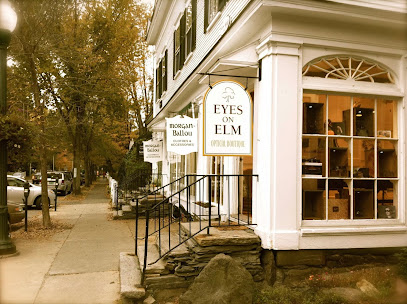
Vermont Eclectic Company
Explore Vermont Eclectic Company, a charming gift shop in Woodstock offering unique treasures and clothing that capture the essence of Vermont's creativity.
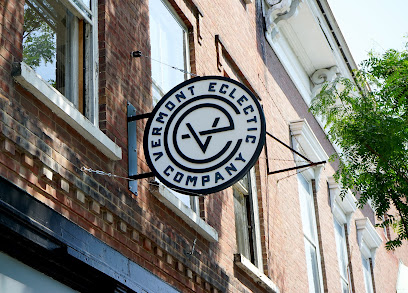
Clover Gift Shop
Explore the charming Clover Gift Shop in Woodstock, Vermont - your destination for unique gifts, health products, and local crafts.
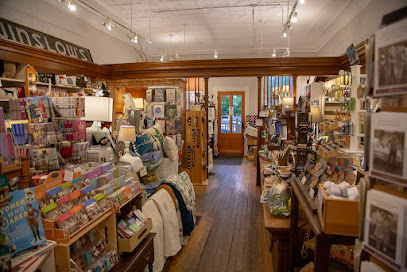
Essential bars & hidden hideouts
Simon Pearce
Discover the exquisite blend of fine dining and artisan craftsmanship at Simon Pearce in Quechee, Vermont, where every dish and piece of art tells a story.
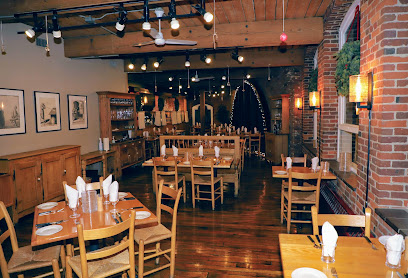
Worthy Kitchen
Experience the best of American cuisine at Worthy Kitchen in Woodstock, Vermont, where local ingredients and a cozy atmosphere create unforgettable dining.
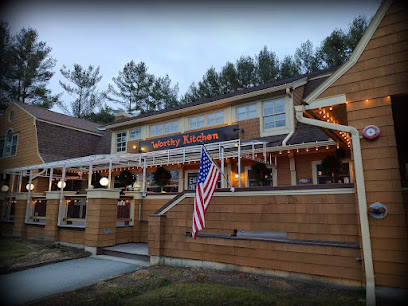
The White Cottage Snack Bar
Discover the flavors of Vermont at The White Cottage Snack Bar, serving delicious hamburgers, seafood, and ice cream in a charming setting.
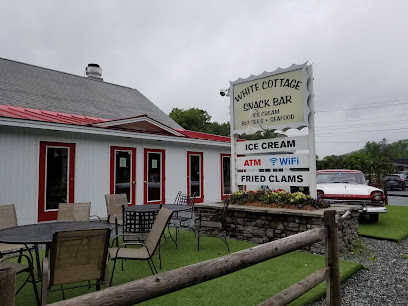
506 On The River Inn Woodstock, VT
Discover the serene beauty of Woodstock at 506 On The River Inn, where nature and comfort come together for an unforgettable stay.

Soulfully Good Cafe
Discover Soulfully Good Cafe in Woodstock, Vermont – where every meal is crafted with love and local ingredients, perfect for breakfast or lunch.
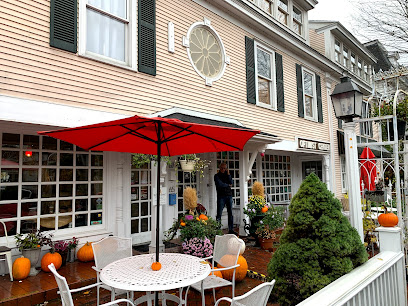
The Prince & The Pauper Restaurant
Experience the finest American dining in Woodstock, Vermont, at The Prince & The Pauper, where seasonal ingredients meet exceptional service.
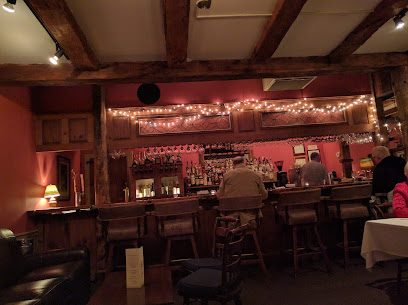
Melaza Bistro
Discover the art of tapas dining at Melaza Bistro, where local flavors meet Spanish tradition in the heart of Woodstock, Vermont.
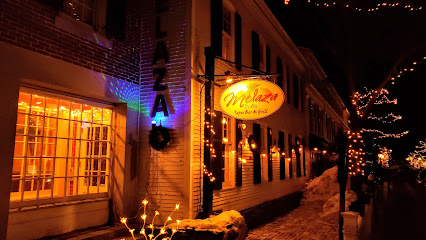
Dr. Coburn’s Tonic
Experience the warm ambiance and locally inspired dishes of Dr. Coburn’s Tonic, a culinary gem in Woodstock, Vermont.
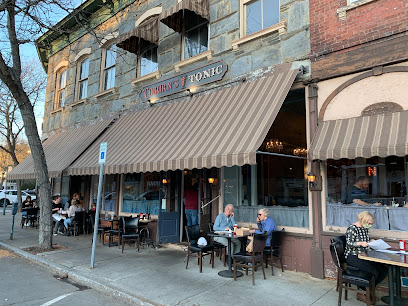
Skunk Hollow Tavern
Experience the warmth of Vermont hospitality at Skunk Hollow Tavern, where local flavors meet rustic charm in a delightful setting.
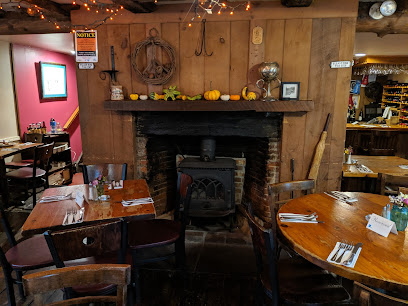
The Village Inn Of Woodstock
Experience the charm of Vermont at The Village Inn of Woodstock, where comfort meets vibrant nightlife in a picturesque setting.
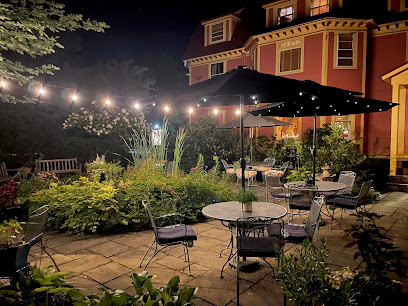
Red Rooster at the Woodstock Inn & Resort
Experience the taste of Vermont at the Red Rooster, where local flavors meet a cozy atmosphere in the heart of Woodstock.
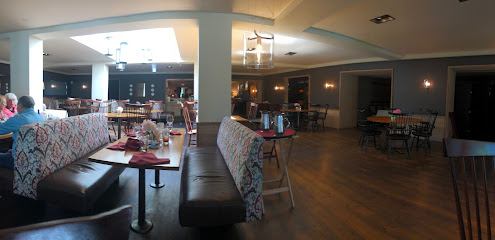
Au Comptoir
Discover Au Comptoir, Woodstock's premier cocktail bar offering a delightful selection of crafted drinks in a cozy, inviting atmosphere.
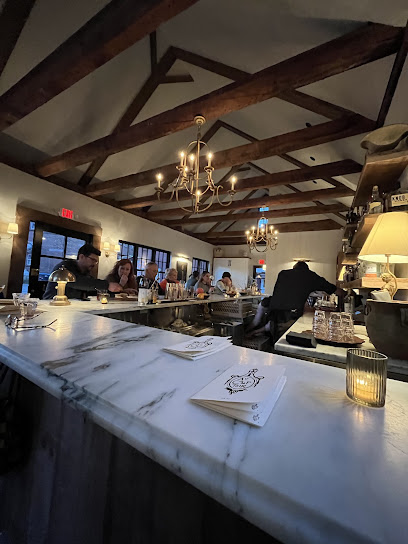
Lincoln Inn & Restaurant at the Covered Bridge
Experience the charm of Vermont at Lincoln Inn & Restaurant, where fine dining meets cozy accommodations in a picturesque setting.
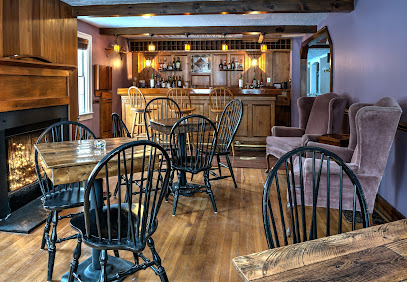
Santé
Discover the flavors of Vermont at Santé, a cozy American restaurant in the heart of Woodstock, perfect for a delightful dining experience.
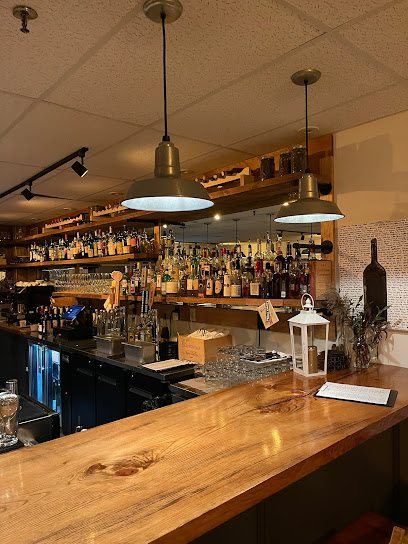
The Ransom Tavern
Experience the flavors of Vermont at The Ransom Tavern, where rustic charm meets exquisite dining in South Woodstock.
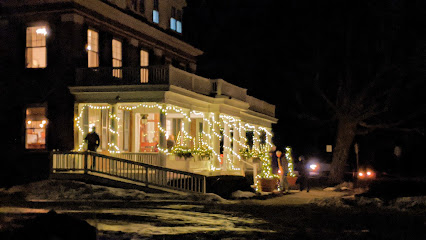
Local Phrases
-
- HelloHowdy
[haw-dee] - GoodbyeSo long
[soh long] - YesYup
[yuhp] - NoNaw
[naw] - Please/You're welcomePlease/You're welcome
[please/yur welcome] - Thank youMuch obliged
[muhch uh-blahy-jd] - Excuse me/SorryPardon me
[pahr-dn mee] - How are you?Howdy
[haw-dee] - Fine. And you?Fine. An' you?
[fahyn. an yuh] - Do you speak English?Ya speak English?
[ya speek ing-glish] - I don't understandI don't savvy
[ahy dohnt sav-ee]
- HelloHowdy
-
- I'd like to see the menu, pleaseI reckon I'll take a peek at the menu, please
[ahy rehk-uhn ayl teyk uh peek at thuh menu, please] - I don't eat meatI don't fancy no meat
[ahy dohnt fan-see noh meat] - Cheers!Cheers!
[cheers] - I would like to pay, pleaseI reckon I'll settle up, please
[ahy rehk-uhn ayl set-l uh-p, please]
- I'd like to see the menu, pleaseI reckon I'll take a peek at the menu, please
-
- Help!Help!
[help] - Go away!Git!
[git] - Call the Police!Call the Sheriff!
[call thuh sheer-iff] - Call a doctor!Call a sawbones!
[call uh saw-bohns] - I'm lostI'm plumb lost
[ahym pluhmb lost] - I'm illI'm poorly
[ahym pawr-lee]
- Help!Help!
-
- I'd like to buy...I reckon I'll buy...
[ahy rehk-uhn ayl bahy] - I'm just lookingI'm just browsin'
[ahym juhst brou-zin] - How much is it?How much fer that?
[how much fuh-r that] - That's too expensiveThat's a mite pricey
[thats uh myt prahy-see] - Can you lower the price?Kin ya knock the price down some?
[kin yuh nok thuh prahys down suhm]
- I'd like to buy...I reckon I'll buy...
-
- What time is it?What's the hour?
[whuts thuh ow-er] - It's one o'clockIt's one
[its wuhn] - Half past (10)Half past (10)
[haf past (ten)] - MorningMornin'
[morn-in] - AfternoonAfternoon
[after-noon] - EveningEvenin'
[eev-nin] - YesterdayYest'day
[yest-day] - TodayToday
[today] - TomorrowTomorrer
[tom-or-er] - 1One
[wuhn] - 2Two
[too] - 3Three
[three] - 4Four
[fawr] - 5Five
[fahyv] - 6Six
[siks] - 7Seven
[sev-uhn] - 8Eight
[eyt] - 9Nine
[nahyn] - 10Ten
[ten]
- What time is it?What's the hour?
-
- Where's a/the...?Where's the...?
[wheres thuh] - What's the address?What's the holler?
[whuts thuh hawl-er] - Can you show me (on the map)?Can you pint it out (on the map)?
[can yuh point it out (on thuh map)] - When's the next (bus)?When's the next stage?
[whens thuh nekst stayj] - A ticket (to ....)A ticket (to ....)
[uh tik-it (to)]
- Where's a/the...?Where's the...?
History of Woodstock
-
Woodstock, Vermont was chartered in 1761 by New Hampshire Governor Benning Wentworth. The town was officially settled in 1768 by James Sanderson and his family, marking the beginning of its development. The name 'Woodstock' is believed to have been chosen to honor the English town of the same name.
-
In the early 19th century, the town center was designed around the Village Green, a common feature in New England towns. The Green became the heart of Woodstock, hosting public gatherings, markets, and social events. It remains a focal point of community life to this day.
-
During the American Revolution, Woodstock served as a muster point for local militia who rallied to support the Continental Army. The town’s residents were actively involved in the struggle for independence, contributing both manpower and resources.
-
In the early 19th century, Woodstock experienced significant economic growth due to the 'Sheep Boom'. The introduction of Merino sheep to the region led to a thriving wool industry. By 1830, nearly every farm in Woodstock was raising sheep, and the town became a major wool producer.
-
Woodstock played a notable role during the Civil War, with many of its men enlisting in the Union Army. The town supported the war effort through recruitment drives and by sending supplies to the front lines. The local Grand Army of the Republic post, named after Major General George Stannard, commemorates those who served.
-
The arrival of the Woodstock Railway in 1875 marked a significant turning point for the town. The railway connected Woodstock to larger markets and facilitated the transport of goods and tourists. This development spurred economic growth and transformed Woodstock into a popular destination for visitors.
-
Woodstock is renowned for its well-preserved 19th-century architecture, including examples of Federal, Greek Revival, and Victorian styles. The Billings Farm and Museum, established in 1871, is a prime example of the town’s commitment to preserving its agricultural and architectural heritage.
-
Frederick Billings, a prominent lawyer, railroad tycoon, and conservationist, played a crucial role in shaping Woodstock’s development. In the late 19th century, he established the Billings Farm and Museum and worked to promote sustainable agricultural practices. His legacy continues to influence the town’s cultural and environmental values.
-
In 1992, the Marsh-Billings-Rockefeller National Historical Park was established, preserving the home and estate of George Perkins Marsh, Frederick Billings, and Laurance Rockefeller. The park highlights the contributions of these influential figures to conservation and land stewardship, and it serves as a testament to Woodstock’s historical significance.
-
Today, Woodstock is a vibrant community that honors its rich history while embracing modernity. The town is known for its picturesque scenery, cultural events, and outdoor recreational opportunities. Visitors can explore historical landmarks, enjoy local shops and restaurants, and experience the unique charm that defines Woodstock, Vermont.
Woodstock Essentials
-
Woodstock, Vermont is easily accessible by car from various major cities in the northeastern United States. It is approximately 2 hours from Boston, 2.5 hours from Hartford, and 4 hours from New York City. The nearest major airport is Burlington International Airport (BTV), which is about 1.5 hours away by car. Alternatively, you can fly into Manchester-Boston Regional Airport (MHT) or Logan International Airport (BOS) and drive from there. If you prefer public transport, Amtrak offers train services to nearby White River Junction, from where you can take a taxi or a bus to Woodstock.
-
Once in Woodstock, you’ll find that the town is small and walkable. For exploring the surrounding areas, renting a car is the most convenient option. Local taxis and ride-sharing services like Uber and Lyft are also available. Woodstock is bike-friendly, and bike rentals are available for those who prefer cycling. During the winter, ensure your vehicle is equipped for snowy conditions if you plan on driving.
-
The official currency is the US Dollar (USD). Credit and debit cards are widely accepted in most establishments, including restaurants, shops, and hotels. However, it is advisable to carry some cash for smaller purchases or in case you visit places that do not accept cards. ATMs are available throughout Woodstock for your convenience.
-
Woodstock is generally a safe destination with low crime rates. However, it is always prudent to take standard precautions. Keep an eye on your belongings, especially in crowded places, and avoid leaving valuables in your car. There are no specific areas in Woodstock known for crimes targeting tourists, but staying vigilant and aware of your surroundings is always recommended.
-
In case of an emergency, dial 911 for immediate assistance. Woodstock has a local police department and medical facilities, including the Mt. Ascutney Hospital and Health Center. It is recommended to have travel insurance that covers medical emergencies. For minor health issues, there are several pharmacies in town where you can purchase over-the-counter medications.
-
Fashion: Do dress in layers, as the weather can change quickly. Casual and comfortable clothing is generally acceptable. Religion: Do respect local customs and traditions. While Woodstock is not particularly religious, many residents value their privacy and quiet lifestyle. Public Transport: Do be courteous to others when using public transport. Tipping drivers is appreciated. Greetings: Do greet people with a smile and a polite 'hello'. Vermonters are generally friendly and welcoming. Eating & Drinking: Do try local delicacies and Vermont's famous maple syrup. Don't be afraid to ask about ingredients if you have dietary restrictions.
-
To experience Woodstock like a local, visit the farmers' market for fresh produce and artisanal goods. Engage with the locals, who are often eager to share stories about the town's history and culture. Don't miss visiting Billings Farm & Museum and taking a stroll along the Ottauquechee River. For a unique experience, explore the Marsh-Billings-Rockefeller National Historical Park, the only national park to tell the story of conservation history and the evolving nature of land stewardship in America.
Trending Landmark in Woodstock
-
Sugarbush Farm
-
Woodstock Inn & Resort
-
Billings Farm & Museum
-
Mon Vert Cafe
-
Marsh-Billings-Rockefeller National Historical Park
-
The White Cottage Snack Bar
-
Taftsville Covered Bridge
-
The Woodstocker B&B
-
Mountain Creamery
-
506 On The River Inn Woodstock, VT
-
Soulfully Good Cafe
-
The Prince & The Pauper Restaurant
-
The Shire Woodstock
-
Melaza Bistro
-
The Village Inn Of Woodstock
Nearby Cities to Woodstock
-
Things To Do in Hanover
-
Things To Do in Killington
-
Things To Do in Rutland
-
Things To Do in Middlebury
-
Things To Do in Montpelier
-
Things To Do in Keene
-
Things To Do in Laconia
-
Things To Do in Brattleboro
-
Things To Do in Stowe
-
Things To Do in Bennington
-
Things To Do in Burlington
-
Things To Do in Saratoga Springs
-
Things To Do in Nashua
-
Things To Do in Lake Placid
-
Things To Do in Dover











